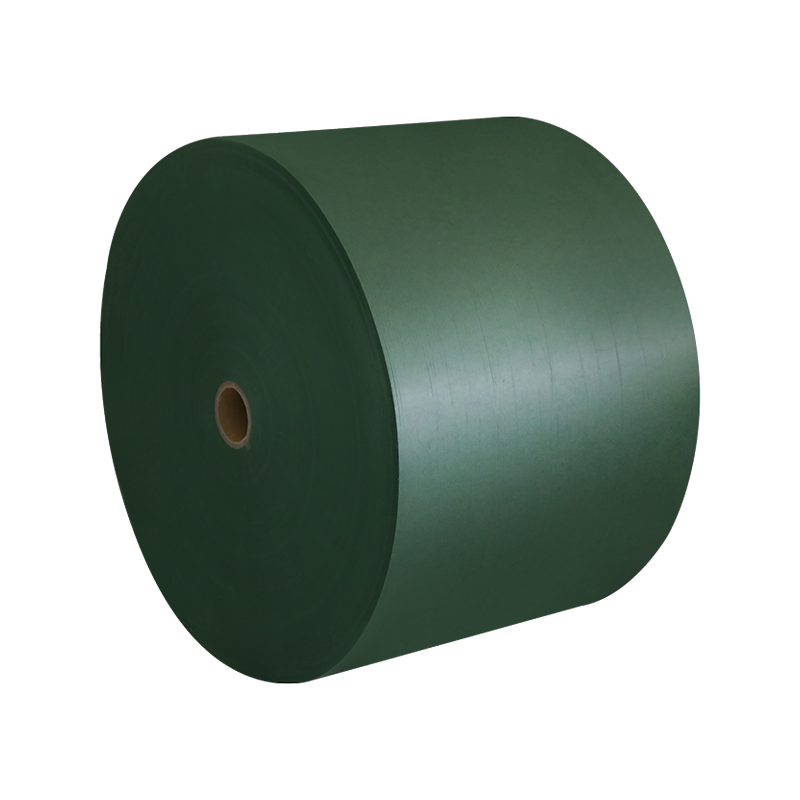In today’s fast-paced, sustainability-focused global market, the demand for reliable, eco-friendly, and cost-effective packaging materials has never been greater. While many consumers recognize the final appearance of packaging — the colors, logos, and textures — few realize the critical role played by the foundational material beneath it all: Packaging Base Paper.
Often overlooked, packaging base paper is the core substrate that supports and enhances a wide variety of packaging formats, from food wrappers and shopping bags to industrial cartons and laminated products. Whether you're a brand owner, printer, or packaging manufacturer, understanding the value and versatility of high-quality packaging base paper can offer a competitive edge in both performance and perception.
1. The Backbone of Packaging Performance
The durability and strength of any packaging material begin with its base. A well-engineered packaging base paper ensures:
Superior printability for branding and product information
Enhanced strength to protect goods in transit
Excellent foldability and formability for complex shapes
Reliable coating adhesion for barrier layers like PE, aluminum foil, or wax
From crisp folding cartons to flexible snack pouches, the quality of the base paper defines the integrity of the finished product.
2. A Sustainable and Eco-Friendly Choice
In a time when environmental consciousness is driving consumer preferences, packaging base paper stands out as a sustainable choice. Most base papers are:
Biodegradable and recyclable
Sourced from responsibly managed forests (FSC/PEFC certified)

Available in unbleached, chlorine-free, or compostable variants
By choosing eco-friendly packaging base paper, companies not only reduce their carbon footprint but also align with global sustainability goals — a powerful message to eco-conscious customers.
3. Versatility Across Industries
Packaging base paper is used across a wide range of industries thanks to its adaptability. Some common applications include:
Food packaging: Greaseproof or wax-coated base papers for bakery, fast food, and dairy
Retail bags: Kraft-based base paper for shopping and takeaway bags
Industrial wrapping: Reinforced base paper for metal parts or machinery
Flexible laminates: Used as the base for multi-layer laminated films in snacks or medical packaging
Gift wrap and specialty packaging: Designed for aesthetics and print clarity
Whatever your industry, there’s a tailored packaging base paper that can meet your functionality, design, and regulatory needs.
4. Cost-Efficiency Without Compromise
One of the most valuable benefits of using packaging base paper is its cost-effectiveness. It offers:
Lower production costs compared to plastics and synthetic alternatives
Lightweight construction that reduces transportation expenses
Ease of customization for mass printing and die-cutting
Reduced waste through better material utilization
In high-volume industries, even small cost savings per unit can translate into significant annual benefits.
5. Innovation in Functionality
Modern packaging base paper is no longer limited to basic properties. Technological advancements have allowed manufacturers to offer specialty base papers with features such as:
Anti-microbial coatings
Oxygen and moisture barriers
Heat-sealable or cold-sealable surfaces
UV-resistant finishes
These functional papers can replace more expensive and less sustainable packaging formats while delivering equal or better performance.
The strength of any package lies in its foundation. Packaging base paper may not be the star of the show, but it’s the vital structure that makes attractive, functional, and sustainable packaging possible.
Whether you're launching a new product line, improving your supply chain, or looking to meet stricter environmental standards, switching to high-quality packaging base paper could be your smartest move yet.